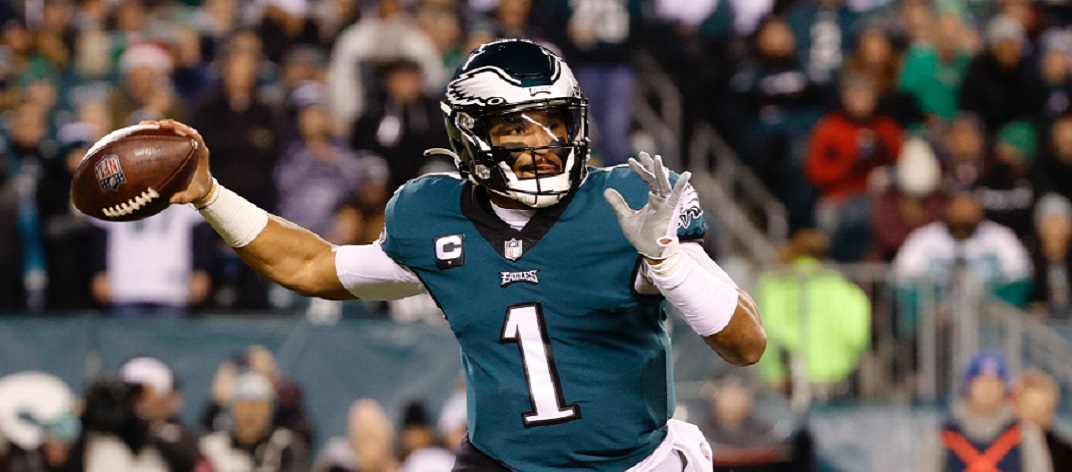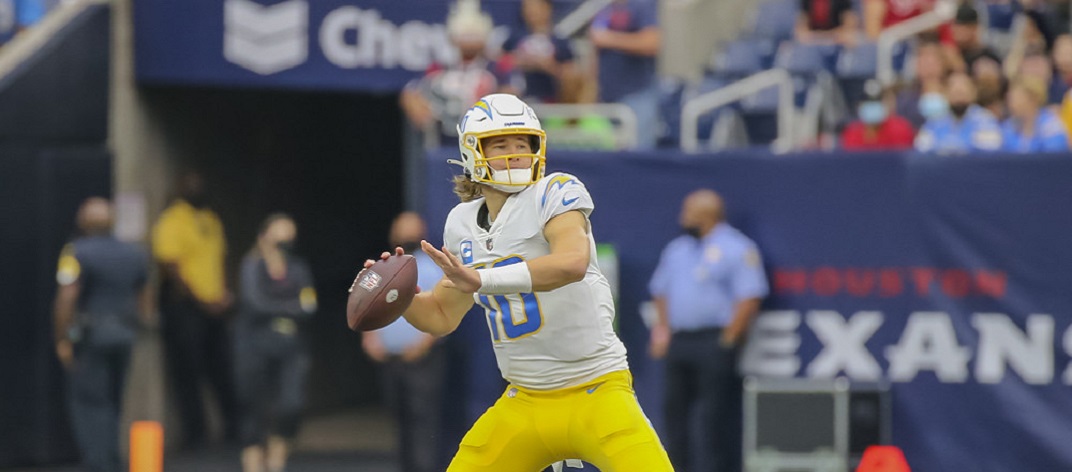The Forgotten Three: When To Draft Tight Ends, Kickers, and Defenses

By Staff Writer John Belaska
One of the main reasons a strong looking team fails to make a league’s fantasy playoffs is that the owner has neglected three starting positions. Tight ends, kickers, and defenses, are easy to forget about during the draft because everyone is rushing to grab strong running backs and wide receivers. It is much harder to forget about the quarterback position than these three starters because quarterbacks receive so much attention. Fantasy owners need to keep in mind that these are starters and are actually more important to their success than having a great back up at any of the three more popular positions.
Having strong options at all these positions is vital. It has happened time after time. An owner who looks destine to fail wins a championship and every other owner is left to wonder how it happened. The answer is simple. Balance! Balance is the key in fantasy football. Having strong starters at a every positions is much more important than having a bunch of studs you will not be starting.

Next to Jimmy Graham, Vernon Davis is the top tight end in the league.
In the past few years, we have seen a rise in the productivity of fantasy tight ends. Last year, the number of great tight ends increased exponentially. In years prior, there were usually only one or two great tight ends that could be counted on every week. The jump off from these one or two guys was so large that most owners would rotate through different guys every week. If a tight end put up five fantasy points that would usually be enough to satisfy. Understand this, those days are over.
Now more so than ever, the tight end position is very important. This is due to the evolution of the passing game in the NFL. Each week, some tight end is going off for a huge number of points. Unlike the older days, these are normally the same guys. In fact, some tight ends are actually out performing some of the better wide receivers in the league.
The best tight end in the game will usually be drafted in the first three rounds. If you do not want him, do not waste a super high draft pick on him. However, if you do; go for it. Following this pick, there will eventually be a run on tight ends. This normally will occur somewhere between the late fourth and early sixth rounds of the draft.
To decide who you want your tight end to be, you should evaluate them the same way you would a wide receiver. A full explanation of this was done in the last article, but to make a long story short it is all about the number of targets and receptions the player receives.
Once you decide who you want, you need to figure out where you will need to take them during the run on tight ends. The better the tight end is, the earlier you need to consider taking him. You must know where you are in the draft order to do this. If you are drafting late when the run started, you might not get who you wanted. Therefore, it is always best to target at least three tight ends you would be able to live with.
One thing to also keep in mind, it is not easy to rotate tight ends. There are not enough good ones to do this. Therefore, you have to draft a good one. Do not wait to be the last owner with this starting position filled or you will be weaker than everyone else at a starting position. This is never good.

The Ravens’ Justin Tucker will be one of the first kickers off the board in fantasy drafts this season.
It is time to move on to kickers. No position is more forgotten about than the kickers. It seems like everyone drafts the kicker in the last round. You may choose to do this as well. Every year experts rank every position. The one that they never tend to get right is the kicker. Every season, someone who was highly ranked makes a drastic drop and someone who was not very high on people’s rankings ends up doing great.
The best way to go about drafting a kicker is to understand most owners are going to pick them in the last round. Therefore, be one step ahead of them. Draft a kicker in the second to last or even third to last rounds of the draft. If you want the best kicker, reach even higher.
So what makes the best kickers? When looking at kickers, do not only consider what they did last year. Look at their entire career. Then narrow it down to just the years they have spent with their current team. This will give you a good idea of how well they perform overall. You want to look at the averages of all these seasons. Just looking at the high end will leave you disappointed and just looking at the worst case scenario could leave you wishing you had picked them. Remember, the kicker position has a lot of potential to put up points. Last season there was multiple occasions where kicker made twenty fantasy points in a single week.
After gaining knowledge of the individual kicker themselves, you must look at the offense they play for. The coaching strategy will be the key to figuring out how they perform throughout the season. Kickers who play on highly explosive offenses will get a lot of extra point opportunities. These guys will never have a big game, but will always put up a decent number of points. Never target a kicker on a terrible offense. If the offense cannot move the ball into field goal range, the kicker cannot make any fantasy points.
The best case scenario for kickers is to be on a team who plays a strong ball control style of offense. This type of offense shows the mindset of the coach. These coaches do not like taking risks. This means if they get into the red zone and have a fourth and short opportunity, they are send out the kicking unit. These are the kickers who will put up the most points. However, they are also guys who have the potential to put up a very low point total every once and a while, but this is not the norm.
Finally, there is the team defense. The first thing to note is the league rules. You should know before going into the draft whether or not the defense or the kick returner is the one who get points for special team touchdowns. If it is the defense, teams who get a lot of special teams touchdowns should be considered. If not then this factor does not need to be taken into consideration when selecting a defense.

The Seahawks defense is loaded with talent and should be considered the top fantasy defense going into 2014.
Eventually in the draft there is going to be a run on defenses. Therefore, you should know ahead of time what defense you want. If you want the best, you must reach on them. This is not a bad thing to do. Top defenses can put up a good amount of points each and every week.
The best indicator on how good a defense actually is; is the number of points they let up last year. Defenses that let up very little points tend to be the most consistent defenses. These are the ones you want. With defense, more than any other position, you never want to be let down. More than likely, defense who do not let up a lot of points are also very good in all the other statistical categories such as sacks and interceptions.
Remember, you do not need to draft a defense when the rush happens during the draft. You can always choose the rotate defenses on a week to week basis. In fact, if you are unable to get a top five defense, this is more than likely what you will be forced to do anyways. If you fail to grab a great defense, do not get forced into taking one during the rush. Wait and bulk up at a different position. More will be explained later on how to rotate defense.
The most important thing to remember is these three positions will be in your starting lineup. Therefore, do not forget about them. They will be the ones to actually contribute to you point total come game time. Neglecting you starting roster is the worst thing you can do. Now that all the starting positions have been cover, we will go into discussing how to properly draft a bench next time. This will include how to make sure your team is good and balanced in case of injury, bye weeks, and other factors that may come up during the season where you will need to replace one of your main players.


